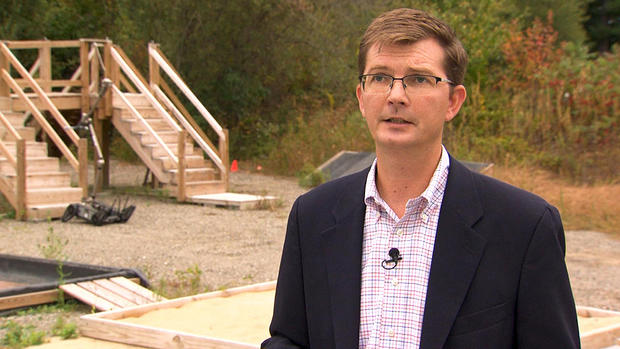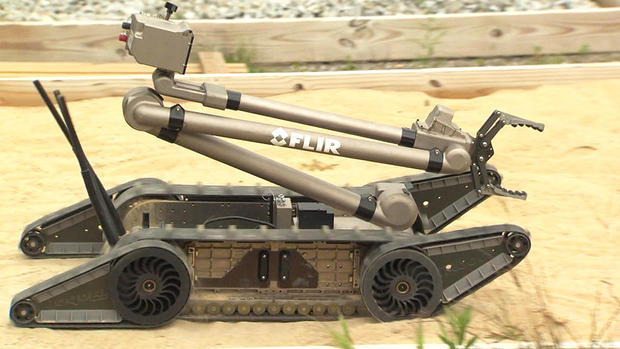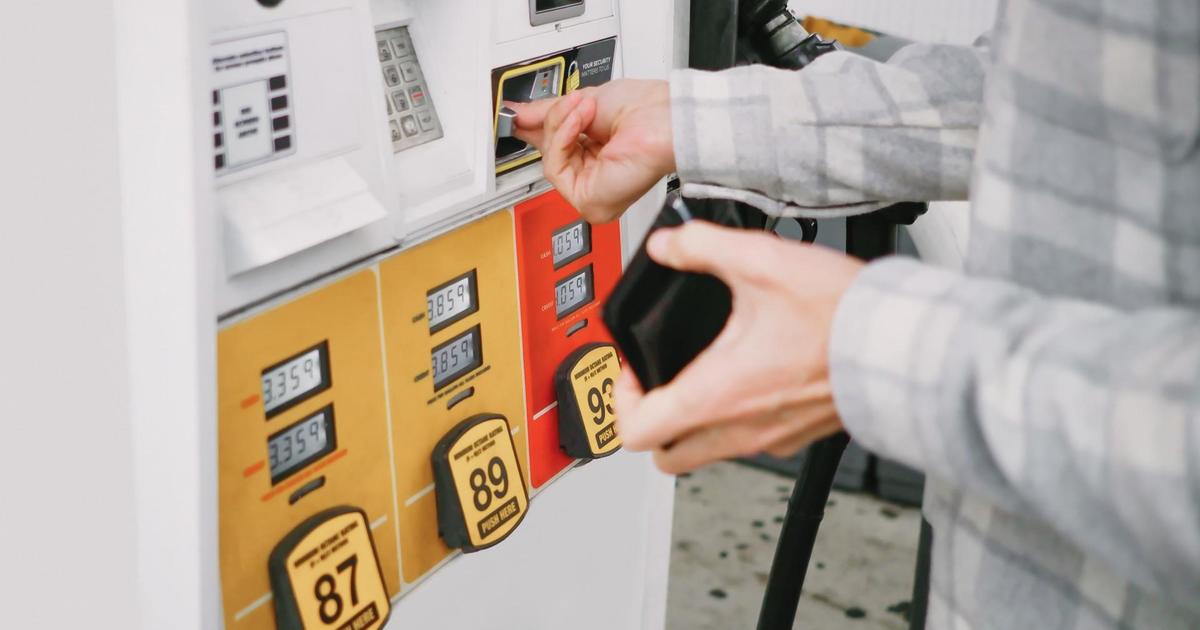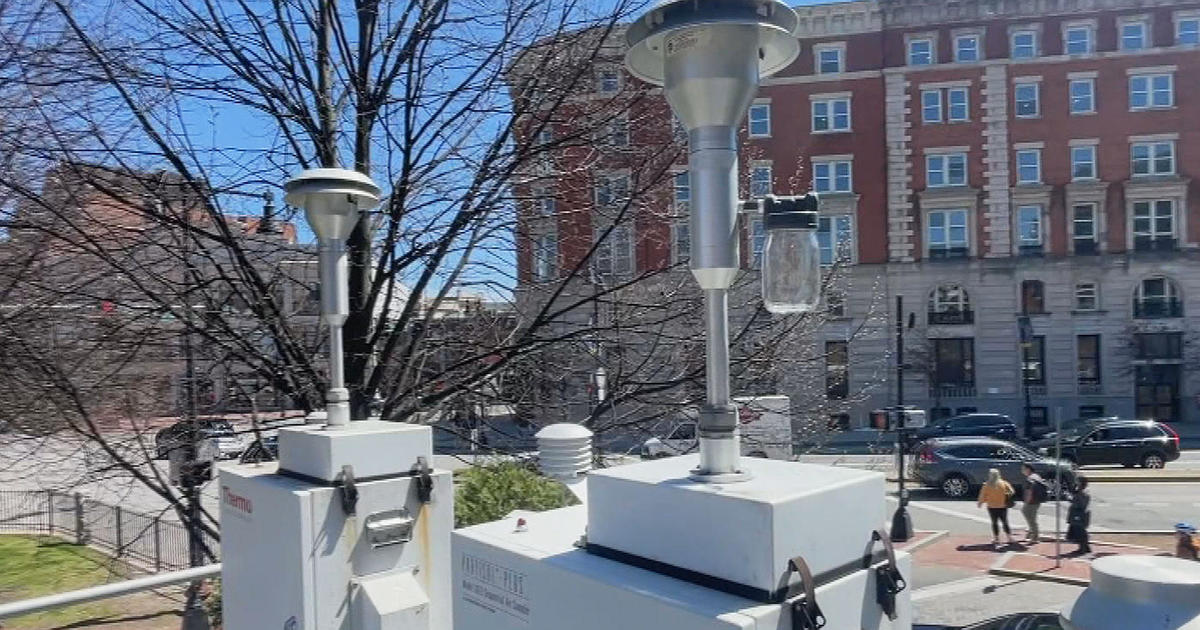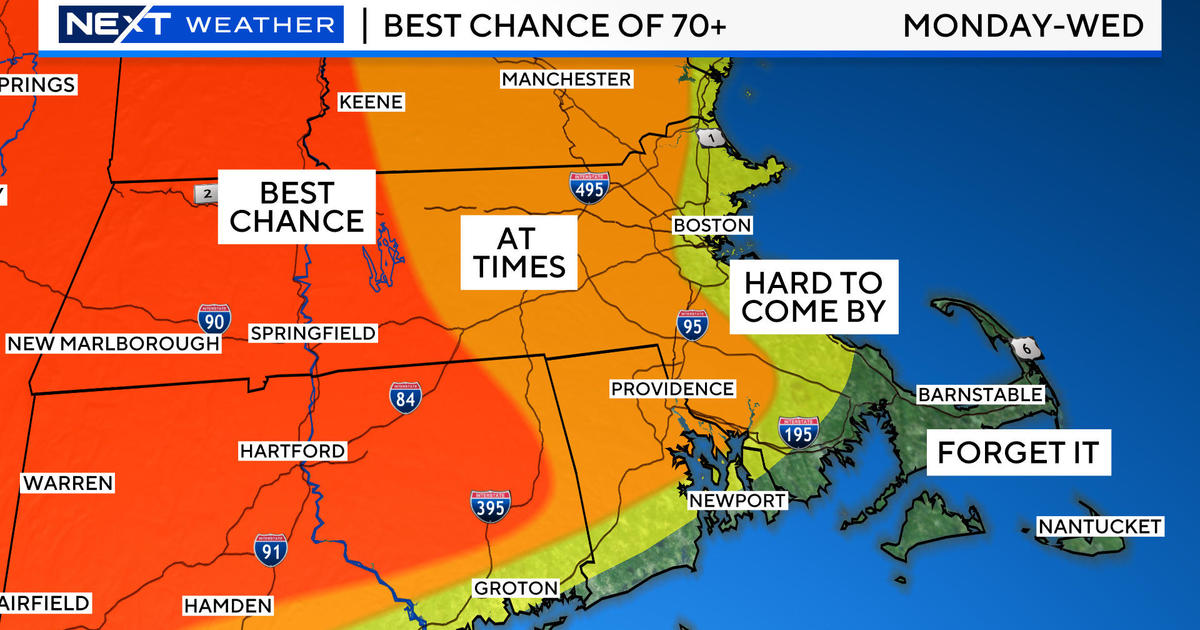Boston Next: Robotic Heroes Of Disaster Response
CHELMSFORD (CBS) -- They have been used at 9/11; the Fukushima nuclear disaster; the Iraq and Afghanistan wars; and the Boston Marathon bombings.
The robotic heroes of disaster response.
"Our robots are saving lives every day. No question about it," said Tom Frost, general manager of FLIR, a robotics company based in Chelmsford that has developed robots that give soldiers and law enforcement eyes, ears and hazardous material sensors where they can't go.
The company's first is called the PACKBOT -- one of FLIR's most popular. It's about the size of a small bike and is able to trek across pretty much any terrain, even up and down stairs. It's equipped with multiple cameras, a long arm with an advanced gripping mechanism, and can be fitted with sensors to detect hazardous materials. When the Fukushima nuclear disaster occurred, PACKBOT ventured into the site to measure radiation levels.
If the military sees a mortar round on the ground or a suspicious bag in a car, they can bring the PACKBOT in; extend the arm; pick it up; and disable it.
It has become invaluable in the wars in Iraq and Afghanistan, where IEDs became a primary threat. In fact, in FLIR's lobby in Chelmsford, the company has enlarged a post card from a soldier reading, "You have saved lives today."
"In Iraq and Afghanistan, daily we would be running tens of missions taking out those threats," Frost said.
FLIR has also developed this smaller robot called the FirstLook. It can do much of what PACKBOT can and its size allows it to travel into tight spaces. A police officer or a soldier who needs to get a look on the other side of a barrier can actually throw FirstLook right over the top. It will land on the other side and can then right itself and start driving around.
"We were sending the robots into caves and into bunkers searching for bad guys and for booby traps," Frost said. "They were locating ammo stores of the Taliban."
And FLIR is already building the next generation of robots -- ones that can operate completely autonomously and in tandem with one another.
"We can actually put robots inside a building, set those robots off so they navigate those buildings on their own; they create a map of that building," Frost said. "Where the staircases are; if they came across any bad guys or bad materials -- that can all be marked on the map and sent back outside to the operator."
If you want to see the robots in person, there will be an opportunity at the Robot Block Party in the Seaport on Sunday October 20. For more information visit www.MassRobotics.org
